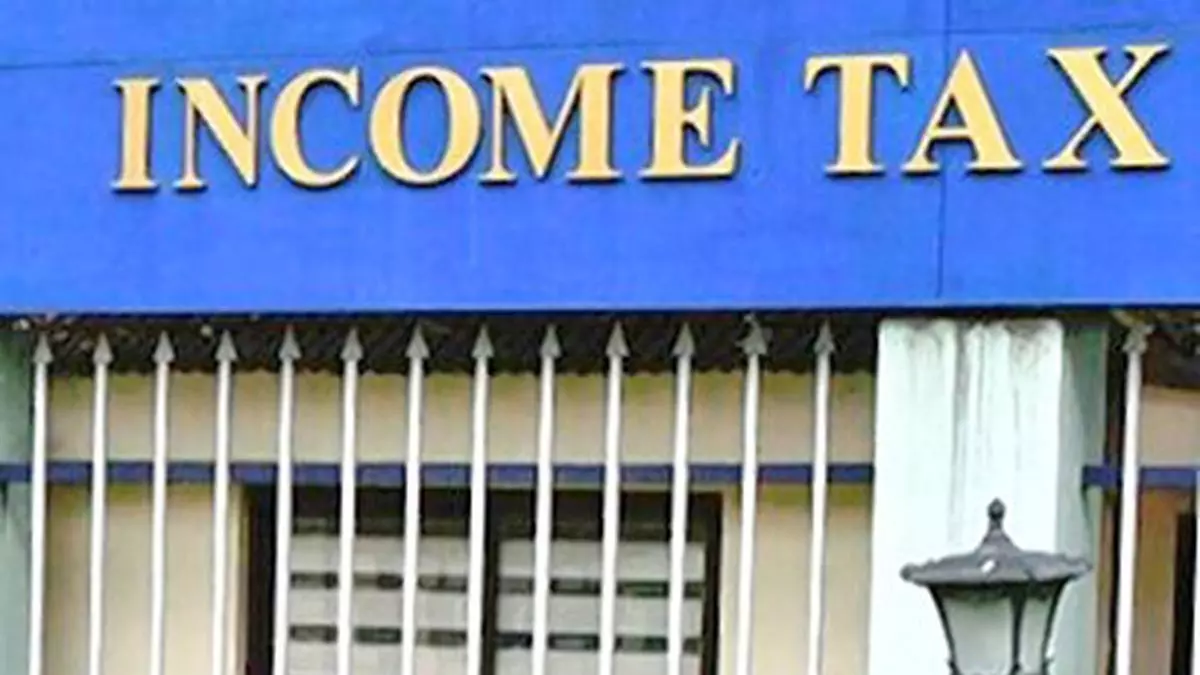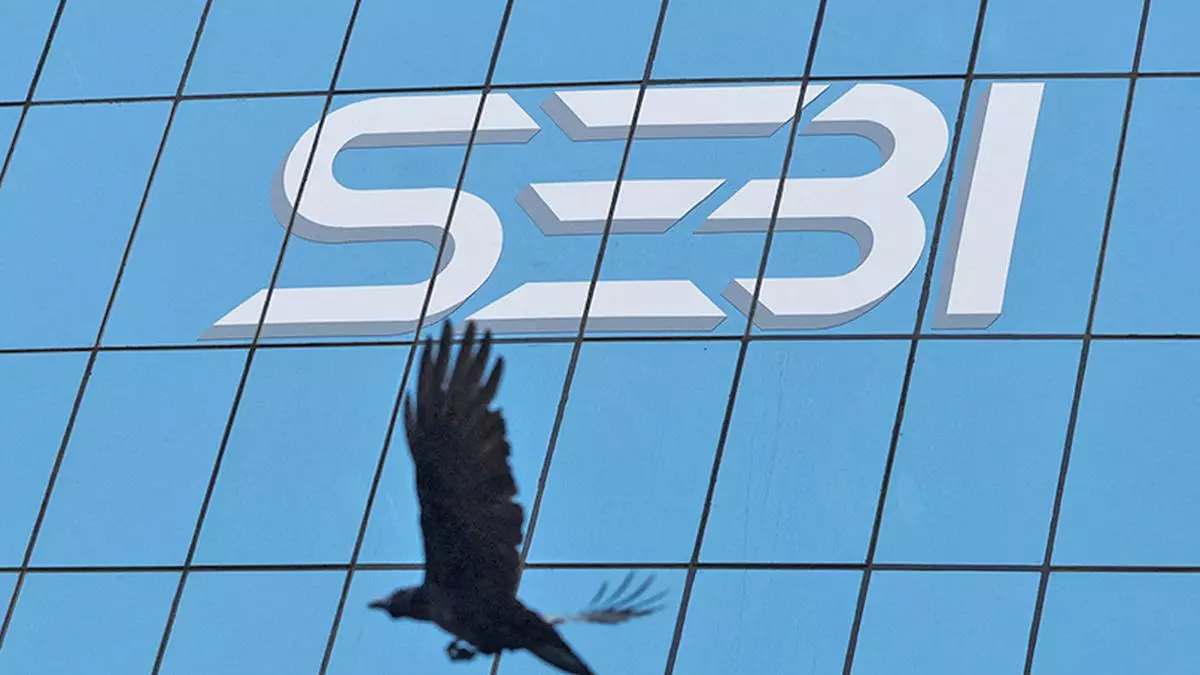
The Income Tax Department has finalized guidelines for assessing or re-assessing of high-risk value in updated Income Tax Returns filed for Assessment Year 2020-21 (Fiscal Year 2019-20). Meanwhile, the last date to file an updated Income Tax Return for Assessment Year 2021-22 is March 31.
Based on the profile, updated and non-updated Income Tax Returns are categorized as ‘High Risk’ under E Verification Scheme 2021. Criteria for selecting such cases include significant financial transactions and higher tax dues besides others. Accordingly, ‘High Risk Cases’ related to Assessment Year 2020-21 have been verified and a Preliminary Verification Report (PVR) estimating the income escapement was submitted by the officers. Post that, PVR was matched with the latest Income Tax Return and the Final Verification Report (FVR) was prepared wherein Value at Risk (VaR) has been arrived at.
Based on Value at Risk, some ‘High-Risk Cases’ are picked up for reopening under section 147 of the Income Tax Act. According to this section, if any income chargeable to tax has escaped assessment for any assessment year, the Assessing Officer (Aos) may assess or reassess such income, recompute the loss, depreciation allowance, or any other allowance or deduction for such assessment year.
Meanwhile, the Department received feedback from many of AOs stating that they are facing problems viewing the FVR relating to the cases to ascertain the quantum of Income Escapement amount/ Value at Risk. Keeping this in mind, the Department has come out with additional instruction for disposing such cases. All identified cases have been categorized into two – Non-Updated ITR and Updated ITR.
“For Non-updated ITR cases, Value at Risk in FVR is the same as Income Escapement amount as estimated by the Prescribed Authorities in the Preliminary Verification Report (PVR). However, in Updated ITR cases, the Value at Risk in FVR is the amount of Income Escapement amount as determined by the Prescribed Authorities in the PVR as reduced by any additional income shown by the assessee in Updated ITR,” the instruction said.
Under the e-verification scheme, the I-T department informs taxpayers about a mismatch in their Annual Information Statement (AIS) and the I-T returns filed. Taxpayers can reply to the tax department explaining the mismatch, or can file updated returns if they feel the mismatch flagged in e-verification notice is correct. The risk parameters for picking returns for e-verification are set every year, and a computer-driven selection is made. If the assessee does not respond to the e-verification notices, there is a high chance the case will be selected for scrutiny.
Income Tax Department advises taxpayers to view their AIS (Annual Information Statement) regularly. Taxpayers should give feedback to the department if they see any mismatch. Officials maintained that the e-verification scheme is a non-intrusive way to nudge taxpayers to file updated returns in case of a mismatch. It is transparent, without any human interface, encourages voluntary compliance and would help cut down litigation, they claimed.
Updated ITR for AY 22
Meanwhile, the Department has reminded assesses that last date for filing of updated returns (ITR-U) for AY22 is March 31, 2024. Such a returnallows an assessee to rectify and update his income tax return by reporting any additional income or correcting any mistakes he made in his original, past, or revised return.
Crime Today News | Business & Economy
Source | Powered by Yes Mom Hosting





